Deciding which simulation training modality is the best for your nursing, EMS or education program doesn’t need to be difficult.
There are several options including task trainers, low-fidelity manikins, hands-on manikin-based SBE, computer-based simulation, or headset-based simulation.
Anne Montera, the Director of Nursing Programs for VRpatients, has some advice about choosing the best training program for you.
“First, you need to evaluate what your needs are,” she says. “Look at how many students you have, what kinds of classes you’re teaching, and the sites and instructors you have.”

Here are 5 Things to Consider Before You Invest in a training modality:
1. What Are You Teaching?
Montera says it’s important to figure out what skills you need to train.
“Are the students in your current education format getting everything they need to be competent and prepared to pass the national exams or work full time? If they’re not, take a look at what types of activities are missing, kind of like a gap analysis. Then figure out what you need to do to fill those gaps.”
Once you figure out what students are missing out on, you can figure out the best way to include it.
For example, if you feel students are missing critical thinking skills, a tool like VRpatients can fill those gaps. Training using virtual reality can give students real life experiences without real life consequences.
“It does really advance that critical thinking and knowledge. It can fast-track that learning and experience to make sure the nurse or EMS provider is properly responding to patients’ needs.”
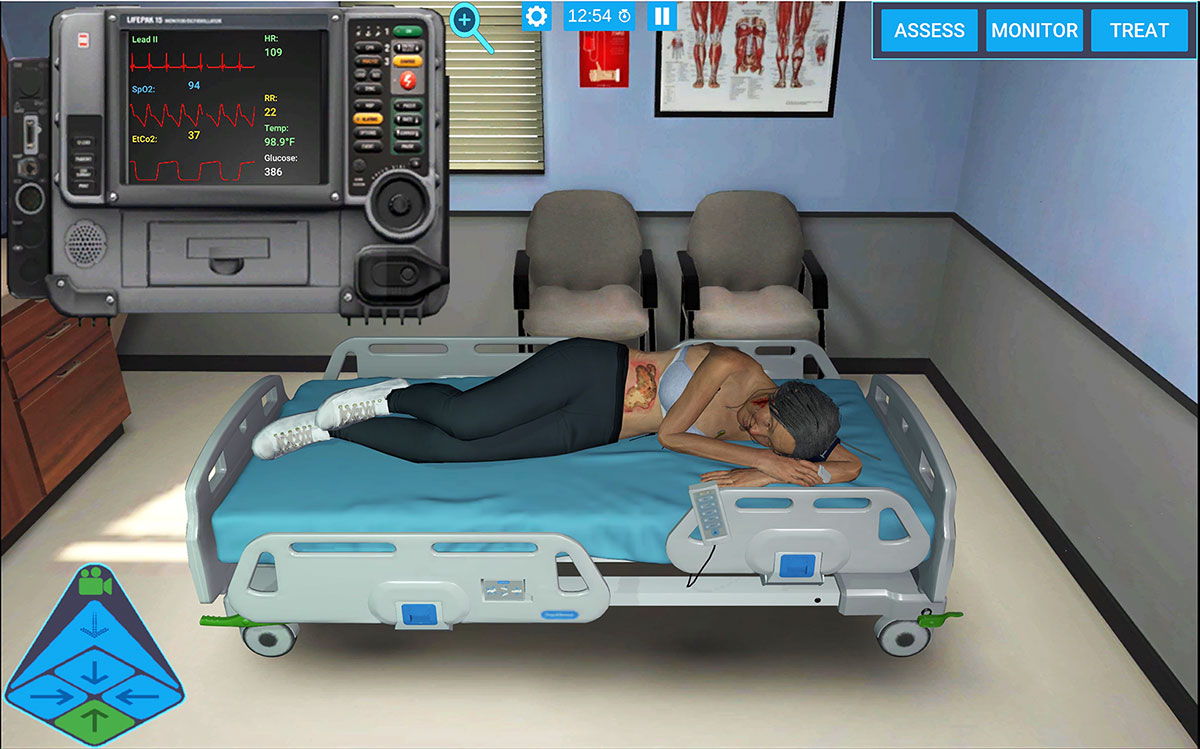
2. Are Your Educators Comfortable?
Montera says to look at your educators and other personnel who will be part of the simulation team.
Some people may be more familiar with some modalities over others, but that doesn’t need to hold you back from utilizing new technology.
“With VRpatients, we have the VRpatients University where we will train you, we will onboard you, we will teach you anything you need to know about the platform and then there is the ongoing education and training so you can customize the experience.”
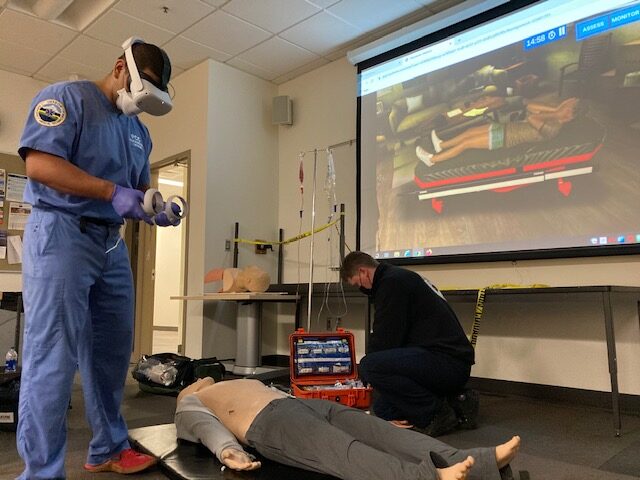
3. Consider Cost
Each training modality has different costs associated with it. Once you know your budget, look at which options you can afford.
Montera says manikins can cost between $50,000 and $100,000 each and require someone to work the manikin and control reactions during a simulation. Other training systems have different costs and benefits.
“To determine what you want, you need to go through and demo each of them and see which scenarios each platform provides,” she recommends.
The ability to customize is also important.
“Each organization has different training needs, so you need to see how much customization costs and what resources you need to put in to get those changes,” she says.
With VRpatients, customization is part of the package.
“You have the ability to customize your cases. You take the template of cases and then make them what you want. It saves thousands of dollars compared to running a sim lab.”
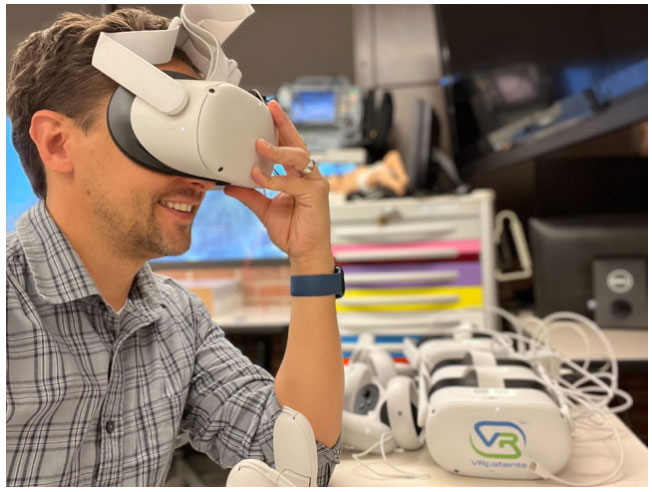
4. Look at Portability
Not all training occurs in a classroom, but some technology requires students to be physically together and in a training center for it to work.
For example, only one student can work on a manikin at a time.
“With VR, students can do scenarios at home via the web and then come into the classroom and get under the VR headset. You can have one student actually doing it and others watching it on a screen or have multiple students doing the same scenario at the same time.”
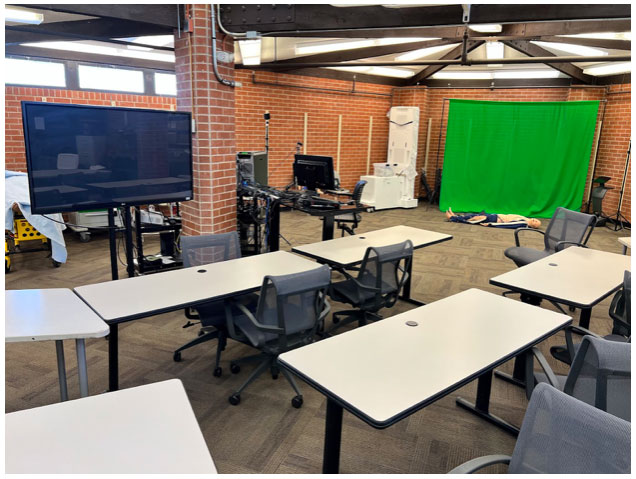
5. Make it Real
Montera says students need to see and feel things in real time to best learn how treat patients.
All training modalities teach skills, but do so in different ways. For example, a manikin responds, but it is still lying flat or sitting.
“In VR, it is so real and there is a response to what you do in real time. If you give them the wrong medication, they could start breathing really fast and respond very poorly. It really makes you think about what is happening. It shows the responses in a real life way.”
The immersion helps with critical thinking and reactions.
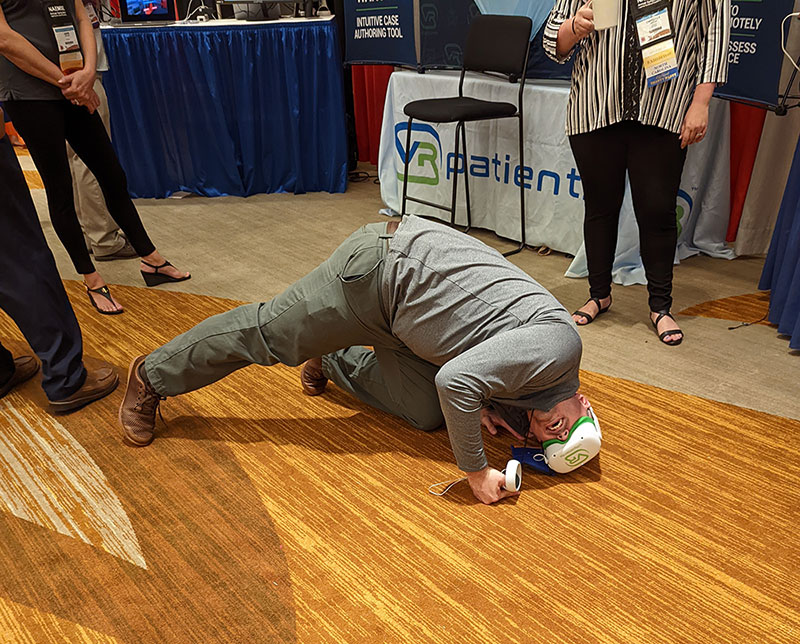
“With VRpatients, the patient’s fingers can turn blue, the breathing can change. The students can listen to different lobes of the lungs on the front and on the back and they can all be different sounds,” she says. “Most manikins can’t do that. With VR, you can go behind the patient and listen to their lungs.”
Overall, Montera says to make sure whichever training modality you choose is user-friendly and will improve the learning experience for your students.If you’re ready to learn more about VRpatients and how it can help you, request a demo.
